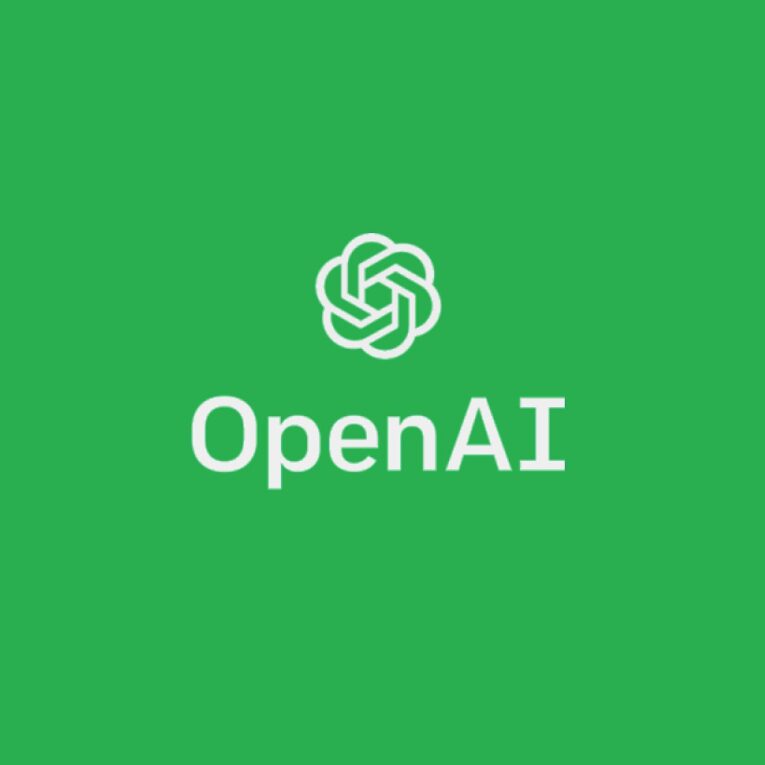In recent years, we’ve all become acquainted with chatbots; those sometimes useful, often frustrating, pop-ups on websites aiming to assist us. Now, imagine a chatbot that not only accurately answers your queries but is also capable of writing stories, life advice, poetry, and even computer code. Meet ChatGPT, a revolutionary artificial intelligence (AI) chatbot developed by OpenAI, which is already making significant waves in the world of AI.
Launched on November 30, 2022, ChatGPT hit a million users within just five days. This impressive adoption rate has seen the platform’s servers reach capacity several times, reflecting the overwhelming excitement around the chatbot’s capabilities.
ChatGPT builds on OpenAI’s prior text generator, GPT-3. The system uses machine learning algorithms to process a vast amount of text data, including books, news articles, and millions of websites. From this data, the models learn the complex patterns and structure of language. ChatGPT can build a sophisticated and abstract representation of this knowledge, which it draws on to produce relevant and coherent content.
This latest iteration of AI is designed for conversation. It’s trained not just to continue a text prompt but to engage, answer questions, and be useful to the user. Training involved conversations between human AI trainers, providing the model with a comprehensive understanding of conversational behavior.
Importantly, this model incorporates feedback from users, enhancing its ability to produce more helpful responses and reject inappropriate requests. This represents a critical step toward improving the safety of AI text generators and mitigating harmful content, including bias, fake news, spam, and propaganda. However, it’s also true that the system needs refinement, with users already finding ways to circumvent its safeguards and produce biased responses.
Despite its limitations and issues, ChatGPT works surprisingly well for a prototype. Its remarkable capabilities range from drafting business letters, homework essays, and rental contracts to writing computer code based on user specifications.
OpenAI’s new AI tool may be an impressive leap forward, but it also raises important questions about openness in AI development. Traditionally, significant advancements in AI have been accompanied by the publication of peer-reviewed literature. For instance, Google Brain’s development of the BERT neural network in 2018, which many natural language processing systems (possibly including ChatGPT) are now based on, was shared with the scientific community through peer-reviewed papers and open-sourced code.
In stark contrast, information about ChatGPT’s workings has been largely kept under wraps. OpenAI’s release of ChatGPT was accompanied only by a short blog post describing how it works, with no scientific publication or open-source code released. This shift towards secrecy represents a significant departure from OpenAI’s original commitment to the open development of AI.
Furthermore, it appears that OpenAI is utilising user feedback to refine ChatGPT, an approach that potentially raises issues of ownership and profit. As a significant advancement in AI is harnessed by a company seemingly moving away from openness, the AI community faces challenging questions about transparency, monopolies, and the future development of AI.
ChatGPT certainly signifies an important step in AI, displaying a level of text generation and interaction previously unseen. However, the circumstances of its development and deployment call for a thorough examination of OpenAI’s methods and the wider implications for AI development. As we move forward in this ‘golden age’ of AI, it’s crucial to balance excitement about advancements with a commitment to openness, transparency, and ethical considerations.

